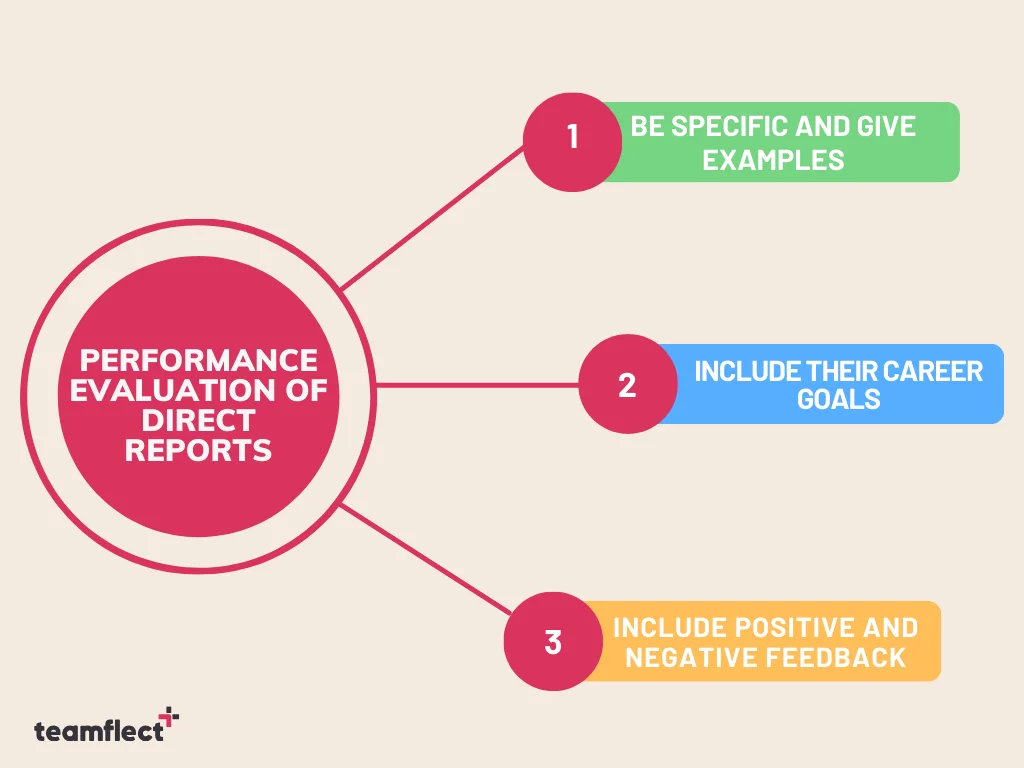Understanding Direct Reports
Definition of Direct Reports
A direct report refers to an employee who reports directly to a manager or supervisor within an organization. This hierarchical relationship implies that the manager has the authority to assign tasks, provide feedback, and make decisions that impact the employee’s work. Direct reports are accountable to their managers for their performance and are expected to meet the standards and expectations set by them. This structure facilitates clear communication, delegation of tasks, and performance management within organizations.
Importance of Direct Reporting
Direct reporting is crucial for several reasons:
- Role Clarity: It helps define roles and responsibilities within the organization, ensuring that employees understand their specific duties and how they contribute to the overall goals of the company.
- Task Delegation: Managers can delegate tasks effectively based on the strengths and skills of their direct reports, optimizing team performance.
- Feedback Mechanism: Direct reports provide a channel for feedback, allowing managers to assess performance and guide professional development.
- Communication Efficiency: This structure enhances communication between different levels of the organization, facilitating better collaboration and information flow.
Direct Reports vs. Indirect Reports
Understanding the distinction between direct and indirect reports is essential:
- Direct Reports: These are employees who report directly to a manager. For example, if a manager oversees a team of five employees, those five are considered direct reports.
- Indirect Reports: These employees report to someone who is a direct report of the manager. For instance, if one of the direct reports manages a team of three, those three employees are considered indirect reports to the original manager.
Organizational Structure
Direct reporting is typically visualized in an organizational hierarchy, often represented as a pyramid:
- Top Level: C-Suite executives (e.g., CEO, CFO)
- Middle Level: Department heads or directors who report to the C-Suite
- Lower Level: Managers who report to department heads
- Base Level: Individual contributors and associates who report to managers
This structure helps organizations maintain clear lines of authority and accountability.
Managing Direct Reports
Effective management of direct reports involves several strategies:
- Regular One-on-One Meetings: Scheduling consistent meetings allows managers to provide feedback, delegate tasks, and address any concerns or questions.
- Inclusive Leadership: Encouraging a culture where direct reports feel valued and heard can enhance team engagement and innovation.
- Performance Evaluations: Conducting regular evaluations helps assess how well direct reports are meeting their goals and where they may need additional support or training.
- Clear Goal Setting: Outlining specific objectives and responsibilities ensures that direct reports understand what is expected of them and how they can achieve success.
Challenges of Direct Reporting
While direct reporting has its benefits, it also presents challenges:
- Overburdened Managers: Managers may become overwhelmed if they have too many direct reports, leading to inadequate attention for each employee.
- Communication Barriers: In remote work settings, maintaining effective communication with direct reports can be more complex, requiring managers to adapt their strategies.
- Cultural Differences: In international teams, varying cultural norms regarding authority and communication can complicate the dynamics of direct reporting relationships.
Best Practices for Managing Direct Reports
To effectively manage direct reports, consider the following best practices:
| Best Practice | Description |
|---|---|
| Schedule Regular Check-Ins | Establish consistent one-on-one meetings to discuss progress and challenges. |
| Foster Open Communication | Encourage direct reports to share their thoughts, ideas, and concerns freely. |
| Provide Constructive Feedback | Offer regular feedback to help direct reports improve and grow professionally. |
| Set Clear Expectations | Clearly define roles, responsibilities, and performance goals for each direct report. |
| Encourage Professional Development | Support direct reports in pursuing training and development opportunities. |
Conclusion
Direct reports play a vital role in the organizational structure, serving as a bridge between managers and the workforce. Understanding the dynamics of direct reporting can enhance management effectiveness, improve communication, and foster a productive work environment.
FAQ Section
Q1: What is the difference between a direct report and an indirect report?
A1: A direct report is an employee who reports directly to a manager, while an indirect report is someone who reports to a direct report of that manager.
Q2: How many direct reports should a manager have?
A2: The ideal number of direct reports can vary, but it is generally recommended that managers have between six to eight direct reports to ensure they can provide adequate attention and support.
Q3: What are the benefits of having direct reports?
A3: Direct reports facilitate clear communication, effective task delegation, performance management, and role clarity within an organization.
Q4: How can managers support their direct reports?
A4: Managers can support their direct reports by scheduling regular check-ins, providing constructive feedback, encouraging open communication, and promoting professional development opportunities.
Q5: What challenges do managers face with direct reports?
A5: Managers may face challenges such as being overburdened with too many direct reports, communication barriers in remote settings, and cultural differences in international teams.For further reading, you can refer to the Wikipedia page on Organizational Structure.



